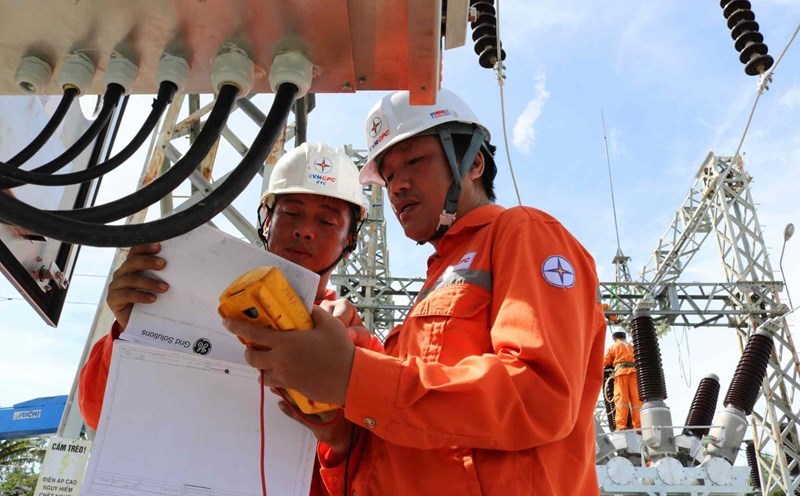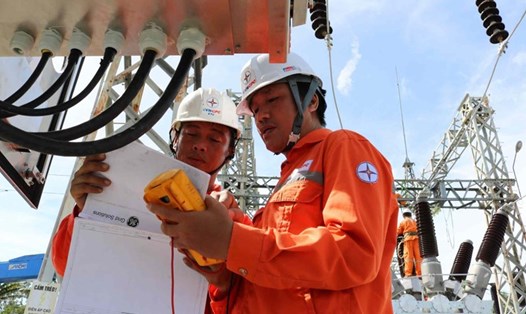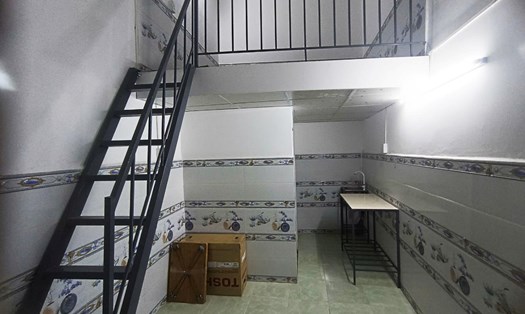What is the implementation roadmap?
Accordingly, the two-component electricity price will include the capacity price and the electricity price, that is, the amount to be paid for the registered capacity and the actual electricity consumption, instead of only calculating the actual electricity consumption as at present.
Regarding the roadmap for applying the two-component electricity price, EVN proposed two phases: testing and conversion (officially applying the pilot to selected customers).
The pilot phase is a real-time data testing phase with the continued application of the current retail electricity price list to calculate electricity bills until the end of 2024.
The results of calculating electricity bills according to the 2-component price mechanism in the trial phase continue to be used for comparison, evaluation, summary, assessment, and experience drawing to make appropriate adjustments to serve the goal of perfecting the price list ready for the transition phase of officially applying the 2-component electricity price list for this group of customers.

The proposed phase of officially applying the pilot 2-component price for normal production customers in the customer group of Decree No. 80/2024/ND-CP is expected to start from early 2025.
Accordingly, after the trial period ends, the process of completing the 2-component price list, fully preparing the legal corridor and other related conditions, officially implementing the pilot 2-component electricity price list for all normal production customers of Decree No. 80, replacing the current electricity price list. Other customer groups continue to apply the current price list.
In the process of officially applying the two-component electricity price to this group of customers, on the one hand, it is necessary to continue to make fine adjustments to the current electricity price structure (especially for production and business households) to gradually reduce the price difference, as a basis for expanding the application of the two-component electricity price.
Expanding the customer base for the two-component electricity price is necessary to apply it to the majority of customers in the next official application phases.
Two-component electricity price will ensure more fairness and transparency
Dr. Nguyen Minh Phong - former Head of Economic Research Department, Hanoi Institute for Socio-Economic Development Research said that the two-component electricity price mechanism is also considered a measure to manage natural load demand, constantly improving the ability to use fixed assets to reduce production costs and improve the overall efficiency of society.
"The two-component electricity price will ensure fairness and transparency, reducing cross-subsidy among customers. At the same time, it will also avoid customers registering large capacity but not using it. This will help encourage customers to use electricity effectively, thereby improving the load factor and saving electricity consumption," emphasized Dr. Phong.
However, Dr. Nguyen Minh Phong noted that the electricity industry must first develop a scenario according to the roadmap, based on the proposed options and on the results of the pilot process.
During the pilot, the electricity price of the people will not be increased, but only observed, then the results of the pilot will be used to calculate and propose a suitable solution. The subjects of the pilot should start from industrial zones, from production activities, because these are the units that consume the most electricity and create the most waste of capacity.
Electricity prices are no longer equal
With a two-component electricity price, according to EVN, the electricity bill that consumers have to pay will include the cost of using capacity (essentially the fixed cost of the electricity supply process) and the part paid for consumed electricity (ie the variable cost).
This mechanism forces electricity users to pay attention to the process of using electricity, improve efficiency and practice more effective electricity saving.
Applying the two-component electricity price plan, according to the assessment in the project, for households other than domestic use, the electricity usage costs of each household will be different.
Two households using electricity for non-residential purposes have the same output of 275,000kWh/year but different electricity usage modes. If the current price list is applied, these two households will pay the same bill. However, if the two-component price list is applied, households with high load factors will pay less electricity costs (due to reduced capacity costs).
For households, comparing two households with a monthly usage capacity of about 12kW (equivalent to the installed capacity of the devices being 23 - 24kW) and a household with a capacity greater than 15kW, the first household will have to pay 2,821 VND/kWh and the second household will have to pay 3,046 VND/kWh.
Meanwhile, if applying the current six-tier price list, two households pay the same average electricity price of VND3,046/kWh.











